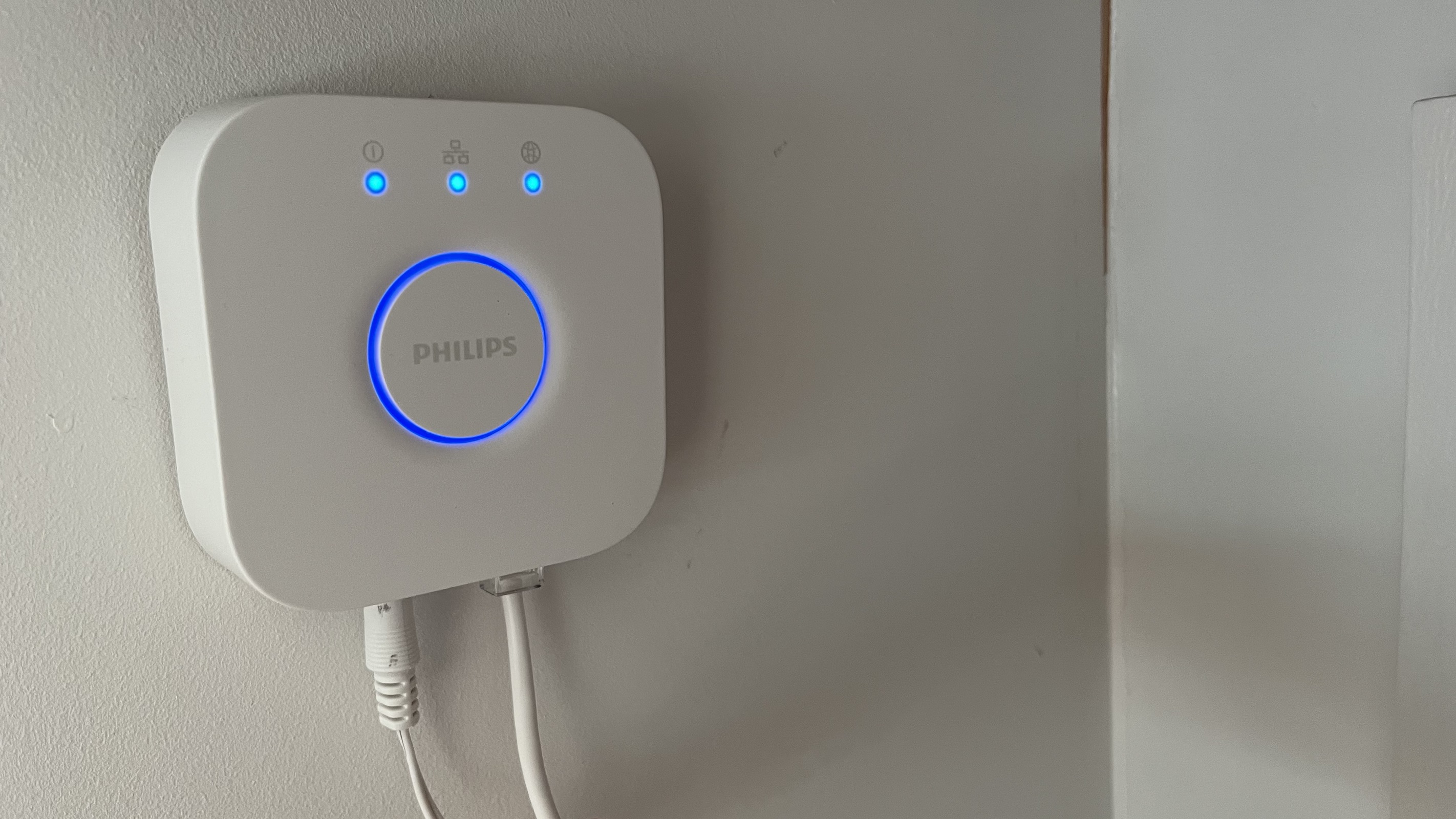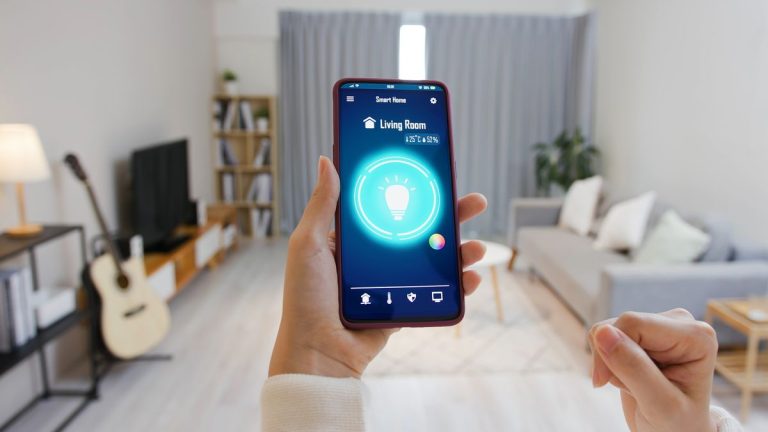Building a smart home involves more than just changing a light bulb or plugging in a smart speaker. Dig a little deeper and you'll find yourself in a world full of new wireless protocols, automation, routines, and the need for a better tool set. It's also a good idea to know the location of the fuse box and water stop valve.
But before you get to that point, it's important to plan before installing even a single smart plug. Just like building a real home, creating the perfect smart home requires proper planning and a solid foundation. This means understanding all the accessories that come with good, reliable Wi-Fi, easy-to-access plug sockets, different types of light bulbs, and making big decisions like which smart home platform to use. It means the ability to protect.
To help you get started building your new smart home, here are six top tips for laying the foundation for a connected, autonomous home.
Best tips to start your smart home
1. It's important to choose your favorite voice assistant
Do you prefer Alexa or Google Assistant? Perhaps you are deeply embedded in the Apple ecosystem and Siri may be your only voice assistant.
Before you start your smart home, you need to choose which system you want to build on. The main options are Amazon Alexa, Google Home (which also incorporates Nest products), and Apple Home. You should also consider Samsung SmartThings. If you already have a Samsung TV and one of the smart refrigerators connected to it, this could be the right choice for you.
It's possible to build a smart home with multiple voice assistants, but it can quickly become confusing. You should choose one and stick to it as long as you can. By doing so, you can create routines and special commands that your chosen assistant will expertly handle.
In our opinion, Alexa and Google Assistant have a lot of similarities when it comes to smart home control. Siri isn't very functional, at least in our experience, but it's a perfectly valid option if your home is already full of Apple products and you want to stay in the same ecosystem.
2. Bulletproof Wi-Fi is required in every room
An important aspect of smart home design is connectivity. Many smart home devices are controlled through a connection to a Wi-Fi network, so you need to make sure your router can provide good signal strength to all rooms. If you have smart lights or lights outside, you may need to make sure they can provide good signal strength to your garden as well. With an intelligent irrigation system in mind.
If your Wi-Fi is spotty, we recommend installing a signal booster to improve connectivity in far-flung areas of your home. Readers who live in older homes, where walls tend to be thicker, should also consider expanding their Wi-Fi network.
Spotty Wi-Fi can cause your smart home devices to disconnect or become erratic. This can be especially annoying if you're trying to stream music or video from one floor to another.
Similarly, a smart home requires a large number of power sockets. For example, devices such as smart light bulbs are often connected via an Ethernet cable to their own hubs, which need to be connected to the mains power supply as well as the router.

(Image credit: Future)
3. There is a new wireless system to understand
When it comes to smart home connectivity, Wi-Fi isn't the only thing in town. There are also new wireless networking standards called Zigbee and Z-Wave. Both are specifically designed for the simple, low-power devices that make up a smart home (like light bulbs), but they're not exactly the same as Wi-Fi.
You don't need to fully understand how they work, but their limitations are worth knowing. For example, Z-Wave has a limit of 232 devices per hub, so if you have a very large house and need smart lighting everywhere, you may eventually run into that limit. .
We also have a system called Matter. This is a new smart home standard that was quickly adopted by some of the largest device manufacturers. It already integrates with Alexa, Apple Home, Google Home, and Samsung SmartThings and could be useful for multi-platform smart homes. For example, you have an iPhone but your partner uses his Android. Support for different types of smart home devices is still being rolled out, but over the next few years, Matter plans to reimagine smart home interoperability.
4. Your first purchase is a smart speaker or display
Many smart home devices can be controlled with your smartphone or tablet. However, ideally you would use a smart speaker or display as a central command hub. Amazon and Google-owned Nest make a variety of speakers and displays that run their own smart home systems and can be controlled with Alexa and Google Assistant voice butlers.
These smart speakers and displays take voice commands and use them to control devices like smart lights, plugs, fans, speakers, thermostats, and more. When you say things like “Alexa, turn on the lights” or “Hey Google, turn up the heat,” the relevant smart home device will respond in seconds.
Smart displays are especially useful because they can be used as touchscreen controllers for smart lights, plugs, and thermostats, and can also display live video feeds from connected security cameras and video doorbells. Apple doesn't sell smart displays, but an iPad running the company's Home app serves as an excellent smart home controller.

(Image credit: Future)
5. Track absolutely everything
Just like building a real home, it's important to keep track of everything you do when building your smart home. Every app, every device, every voice command, every routine or automation requires documentation.
This may seem like overkill, but it may be appropriate for simpler systems. But if your smart home project eventually includes dozens of devices across various systems, it's important to have a good understanding of how everything is connected.
Speaking from personal experience, I recently wasted an hour trying to find an obscure app used to configure a smart light bulb that I had purchased, installed, added to Alexa, and then forgotten about. One light bulb switched from white to yellow every time I turned it on and lost communication with Alexa. I had to go through my Amazon purchase history to find the bulb's name, Lepro, and then find and redownload the app to troubleshoot the malfunctioning bulb. I then changed it back to white and reintroduced it to Alexa and everything worked fine.
Keeping track of your system can also be helpful if you move or sell your equipment. Before transferring ownership, you should carefully log out of all devices, especially security-critical devices such as smart door locks, cameras, and alarm systems.
6. More expensive doesn't necessarily mean better
It's tempting to buy all your devices from companies that are recognized as market leaders, but sometimes you don't need to shell out big bucks for the most expensive option. This is especially true when it comes to smart light bulbs and plugs. Philips Hue lighting is great and offers more options than any other system, but installing lighting in your home can be incredibly expensive. Instead, consider cheaper alternatives, such as his aforementioned Lepro bulbs that I use in my bathroom. It doesn't connect to my Hue system, but it does connect to Alexa and works with my original wall switch.
I could have spent a lot of money on a set of Hue spotlights, but all I wanted was a set of lights that were slightly dimmer and warmer than the non-smart bulbs I currently have installed. . At £30 for 4, the Lepro products do just that, once set up you get precise brightness and temperature every time you press the switch. If you want to change it, you can ask Alexa.
Similarly, most smart plugs all basically do the same thing. If you prefer, you can spend more on a full set of TP-Link or splurge on an Eve energy monitoring plug. Devices that connect to Apple's HomeKit system are always expensive. However, when it comes to Alexa and Google Home integration, almost all of TP-Link's cheap smart plugs are available. It works exactly the same with unknown brands.
That's the beauty of smart home technology. If your device works with your system and your voice assistant of choice (like Alexa), you don't need to use the manufacturer's proprietary app after you set everything up the first time. Until, of course, you need to troubleshoot a malfunctioning light bulb.

